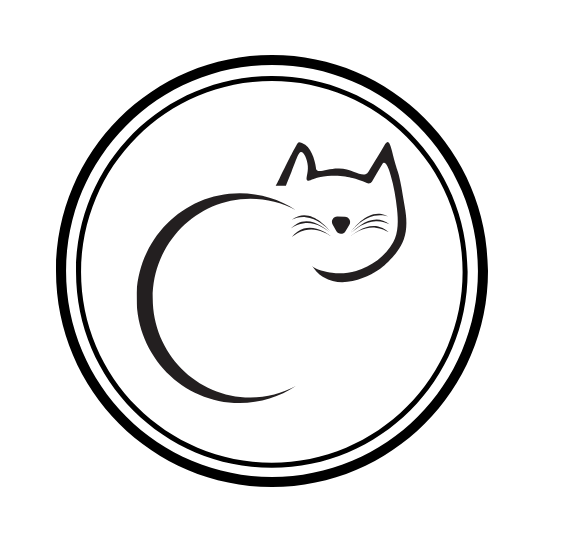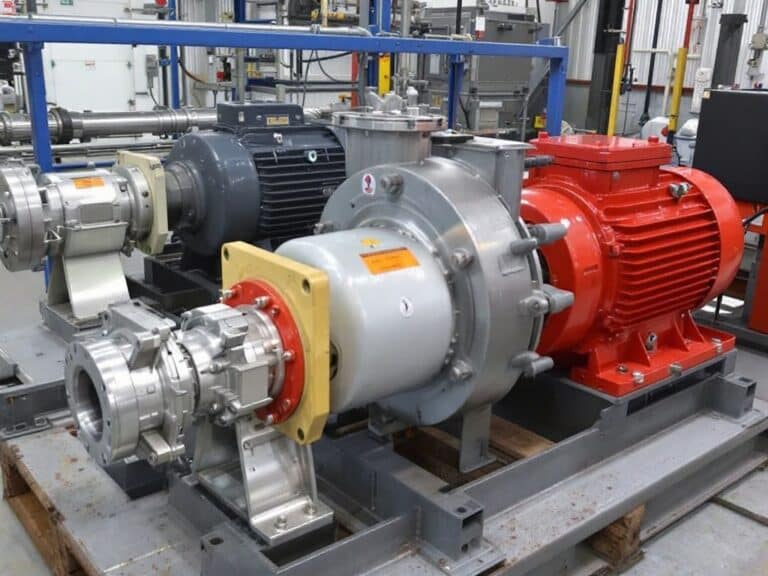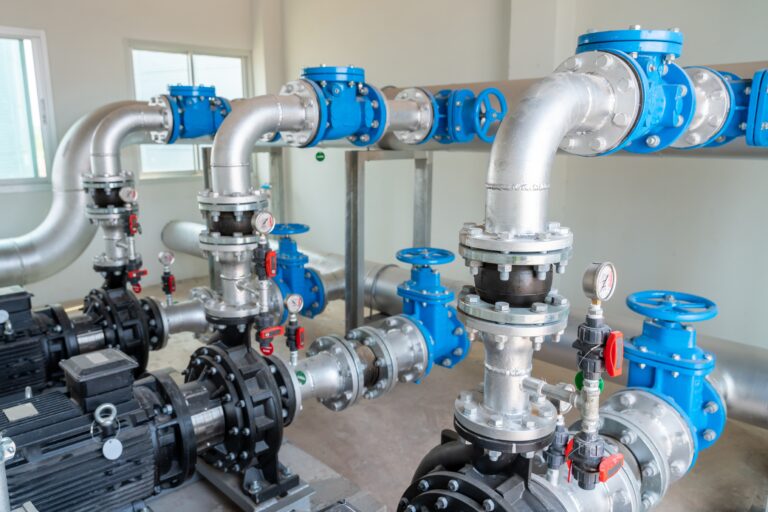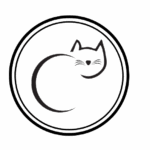1. Pre-Commissioning Checks
Before you start commissioning a seal pot system, you need to check five key areas to avoid problems later.
Component Inspection
First, inspect all seal pot components and piping for damage or debris. New reservoirs need flushing with clean fluid or water to remove weld slag, rust inhibitor, or foreign material.
Wiring and Instruments
Next, verify your electrical connections. All pressure transmitters, switches, and level gauges must follow manufacturer specs and plant standards.
Check that pressure gauges, level gauges, and their block-and-bleed valves work properly.
Valves and Venting
Position all isolation valves correctly before starting. For Plan 52 systems, open the vent valve to atmosphere or flare. Keep drains closed.
Plan 53A systems need the nitrogen inlet closed initially.
Make sure you have high-point vents and low-point drains as API 682 requires. These let you bleed air and drain the system.
Piping Arrangement
Your seal supply and return lines can’t have sags or sharp bends. Lines must slope upward at least 0.25 inches per foot from the pump gland to the reservoir.
This slope minimizes friction loss. Any swing supports or hangers must properly support the tubing.
Barrier Fluid
Finally, confirm your barrier or buffer fluid meets all specifications. Check chemical compatibility, flash point, and viscosity.
For hydrocarbon systems, use high-purity paraffinic oils or synthetic oils without problematic additives.
2. Installation Requirements
Mounting Location
Mount the seal pot vertically within 3 feet (1 meter) of the seal centerline horizontally. Position it 12 to 30 inches (30 to 75 cm) above the pump’s centerline.
Never mount directly over the pump – this can flood the seal.
The mounting base needs three things: it must be level, vibration-free, and easily accessible for maintenance.
Piping Connections
Connect your piping following these specific requirements:
The reservoir’s lower inlet connects to the pump gland’s buffer/barrier inlet (usually the bottom port). The upper outlet connects to the pump gland’s return port.
Use at least 0.75-inch tubing or 0.5-inch pipe to minimize pressure drop. Larger is better.
All bends must be large-radius. Ensure lines from the seal to the pot slope upward at minimum 0.25 inches per foot. This lets trapped air rise back to the reservoir.
Don’t install isolation valves or fittings that could restrict flow in the loop. If valves exist, lock them fully open during normal operation.
Vent and Drain Setup
For API Plan 52, connect the pot’s vent port to a flare or safe vent point. Install a check valve in the vent line to prevent backflow.
Connect the drain port to a safe sump or closed system.
Pressurization for Plan 53A
Install the nitrogen inlet connection on the reservoir with a pressure regulator and check valve. The regulator sets barrier pressure. The check valve prevents backflow into the gas supply.
Cooling Coil
If your reservoir has a built-in cooling coil, connect it to plant cooling water or chilled water. Route one connection to “coil IN” and the other to “coil OUT.”
Open the flow to at least 2 liters per minute.
Instrumentation
Install pressure gauges or transmitters on the pot to monitor barrier pressure. Add temperature sensors on inlet/outlet lines if needed.
Fit level gauges or electronic level switches for barrier fluid monitoring. Install block-and-bleed valves on all instrument taps for safe isolation.
3. Initial Filling and Pressurization
Pre-Fill Flushing
With all connections made, flush the pot and piping by circulating clean barrier fluid through the system. This removes air and debris.
You can flush by tilting, draining, and refilling, or by using a temporary pump.
Filling the Reservoir
Fill the pot with barrier fluid to the mid-point of the sight glass or designated fill level. Leave at least 25% of the vessel volume as vapor space.
This headspace accommodates thermal expansion.
Plan 52 (Unpressurized) Systems
Keep the vent open to atmosphere or flare during filling. Open any bleed valves or the main vent to release trapped air.
Once filled to level, slowly open the vent valve fully so gas can escape. After confirming fluid in the gauge, secure the vent following local ESD practice.
Plan 52 normally vents constantly during operation.
Plan 53A (Pressurized) Systems
After filling the reservoir, close the regulator valve. Connect nitrogen supply to the pot’s gas inlet.
Pressurize slowly by opening the valve between the nitrogen regulator and pot. Gradually increase pressure to 1.4 to 4.1 bar (20 to 60 psi) above the pump seal’s chamber pressure.
Most systems run at 25 to 30 psi above seal pressure.
Increase pressure gradually to avoid gas slugging or air entrainment. Monitor for leaks during pressurization. Once you reach setpoint, keep the nitrogen regulator and line pressurized.
Leak Checking
Check all joints and seals for leaks during filling and pressurization. Tighten fittings as needed.
For Plan 53A, the system passes leak testing when nitrogen pressure holds steady.
4. Start-Up Procedure
Starting your seal pot system requires a specific sequence to ensure safe operation.
Vent/Pressure Release
For Plan 52, confirm the vent to flare is open. This lets vapor from the primary seal exit safely.
For Plan 53A, ensure the vent connection is closed and nitrogen pressure is stable.
Cooling and Flow
Open the cooling water supply if you have a cooling coil or external cooler. Maintain the recommended flow rate of at least 2 liters per minute.
Pump Run-Through
Start the main pump briefly with no process load to circulate barrier fluid. Run for a few seconds, then stop.
This primes the loop and draws fluid into the gland.
Check and Top-up
After the run-through, inspect the reservoir level. If fluid entered the seal loop, top up the reservoir back to mid-level.
Bleed any air that entered high points during the test.
Open Flow Valves
For Plan 53A, slowly open the regulator or isolation valve to the pot. Bring the system to set pressure (20 to 30 psi above seal pressure).
For Plan 52, just ensure the vent is open.
Start Pump Normally
Restart the pump under normal operating conditions. Watch the system response – fluid should circulate and pressures/levels should stabilize.
The barrier pressure gauge must read at least 20 psi above seal chamber pressure.
5. Operational Checks & Performance Validation
After startup, validate your system performs correctly with these specific checks.
Flow Verification
Confirm continuous barrier fluid circulation by checking temperature drop across the pump’s circulation loop or cooler. Returning fluid should be warmer than supply fluid.
A typical temperature drop across a cooler ranges from 10 to 100°F. No temperature difference means circulation has stopped.
Temperature Monitoring
Measure barrier fluid temperature near the pot. It must stay within safe limits – typically below 80°C (176°F) under design conditions.
Pressure and Level
For Plan 53A, verify reservoir pressure stays steady at setpoint. The fluid level should remain roughly constant during operation.
A dropping level indicates a leak or fluid consumption by the seal. A rising level suggests excess leakage from the process.
Leak Checks
Inspect all connections, the reservoir body, and piping for barrier or process fluid leakage. For Plan 52, ensure the vent only expels vapor as designed.
Instrument Function
Test pressure and level switches at their set points. Pressure switches typically alarm at 10 to 15 psi off-normal, as API recommends.
Equilibrium Run
Operate the pump for 2 to 3 hours while monitoring pressures, temperatures, and levels. The system needs time to warm up and stabilize.
Log these readings as your baseline.



